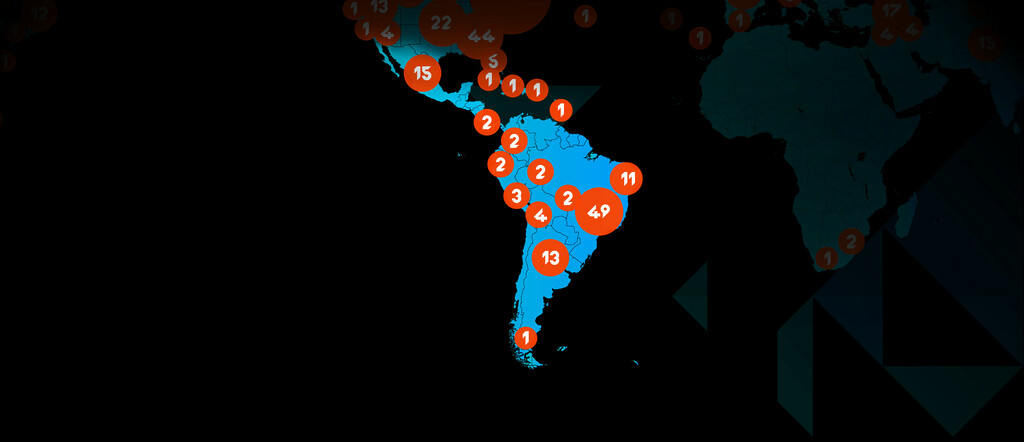
The Collateral Damage of Inline Caching Solutions

Oh, my God. They cut the hard line.The Matrix
Disruption in consumers’ data connection is an operator’s worst nightmare. The fundamental requirement of any network is to be kept running at all times, with both operators and vendors constantly devising smart and complex high availability architectures in order to avert catastrophic service outages and disruptions.
When we began designing our Universal Video Delivery products, one of the first things we did was go out and do an extensive survey of over 50 operators worldwide, both large and small, in order to get their perspective on what is the right video delivery architecture for a solution that is going to be layered in their networks. Transparent caching solutions generally fall into one of two categories, depending on how and where they are deployed in the network. Products can be said to be either an “in-band” (a.k.a. in-line) or “out-of-band” solution, and the categories are generally mutually exclusive. The terms in-band and out-of-band generally refer to whether the solution sits in the flow of all network traffic, or out of the flow.
The overwhelming response that we received from the customers we interviewed was pretty much unanimous – operators prefer their video delivery solutions to be out-of-band and not interfere with the regular flow of the data traffic. As we dug a little deeper in our conversations we understood that the reasons for the common preference towards the out-of-band architecture can be categorized into three main areas:
- Risk – Inline solutions create a relatively high overhead in the data path because they present another physical or routed hop. This inherently adds latency to the existing network and could potentially degrade performance. Overloaded/underperforming inline solutions invariably become congestion points. At the same time reliability options become limited with newly introduced points of failure that can leave the network in unusable state. Out-of-band solutions, on the other hand, are less invasive, and do not interfere with network operation – even if an appliance fails, it does not result in network downtime.
- Performance – Performance limitations increase overall costs of inline solutions in terms of footprint and per-unit delivery capabilities. Many inline solutions require external devices to redirect traffic to them, typically using complex PBR configurations or DPI gear. This essentially doubles the volume of non-cached traffic which can overwhelm the existing network infrastructure and require an additional “hidden” investment to maintain a robust network. Out-of-band is designed for scale, and makes adding resources a fairly straightforward task since there is no need to introduce a new device into the data path. With in-band, the question becomes ‘How do I introduce more resources without disrupting my network?’
- Complexity – Inline solutions typically require multiple devices to achieve the same results of a single out-of-band device, and each of these have their own management console and policy settings. There are many moving parts and deployment complications which actually require much greater integration with other network components such as:
- Need to configure policy based routes (PBR) or WCCP rules in network routers
- Need to create redirection policies in existing DPI gear
Taking these and many other requirements into consideration, we architected our products for true out-of-band insertion, with no elements of the solution residing directly in the data path. At the same time, we made sure they combine all the functionality required for the rigorous demands of transparent caching and video delivery in a unified autonomous platform.
Photo Credit: Flickr
Ready to take the next step?
We have a team of content delivery experts ready to answer your questions.
Related resources

Press Release
Qwilt showcases Open Edge Cloud for Content Delivery achievements at NAB Show 2024

Blog
Amazon’s “Diamond” points to Open Caching for live sports streaming

Press Release
Turkcell partners with Qwilt and Cisco to boost content delivery from the network edge, enhancing digital streaming experiences across Türkiye

News




